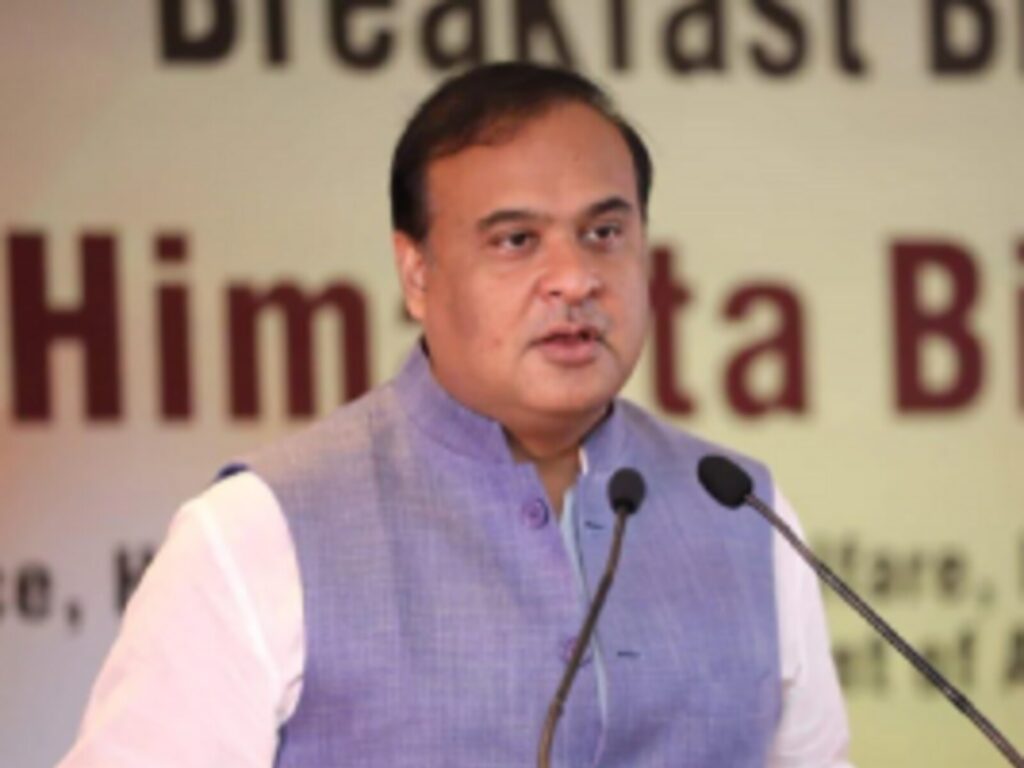Assam Chief Minister Himanta Biswa Sarma stirred discussions on Tuesday by calling for a debate on the demographic changes between Hindus and Muslims in the state. This provocative statement has sparked widespread interest and debate across political and social circles.
Sarma, speaking at a press conference, expressed concern over the shifting demographics and emphasized the need for a thorough discussion on the matter. He argued that understanding these changes is crucial for formulating policies that ensure social harmony and equitable development. “The demographic landscape of Assam is changing, and it is important for us to discuss these changes openly. We need to address the concerns of all communities and ensure that our policies reflect the realities on the ground,” Sarma said.
The Chief Minister’s call for a debate comes amid rising tensions and debates over various issues related to population dynamics and resource allocation in Assam. Sarma’s statement reflects a growing focus on demographic trends, which have become a significant topic in regional politics and policy discussions.
Critics of Sarma’s proposal argue that such discussions could inflame communal tensions and exacerbate existing divisions. They stress the importance of approaching demographic issues with sensitivity and caution to avoid further polarizing the community. On the other hand, supporters believe that open dialogue on these issues can lead to more informed and balanced policy decisions that address the needs of all groups involved.
The Assam government has been actively involved in various initiatives aimed at addressing socio-economic disparities and improving infrastructure in the state. Sarma’s latest call for debate highlights the complexity of managing demographic changes while striving for inclusive growth.
As the debate unfolds, it remains to be seen how the government will balance the need for open discussion with the imperative to maintain social cohesion. Sarma’s initiative signals a willingness to confront challenging issues head-on, but the response from various stakeholders will likely shape the future course of this discussion.

